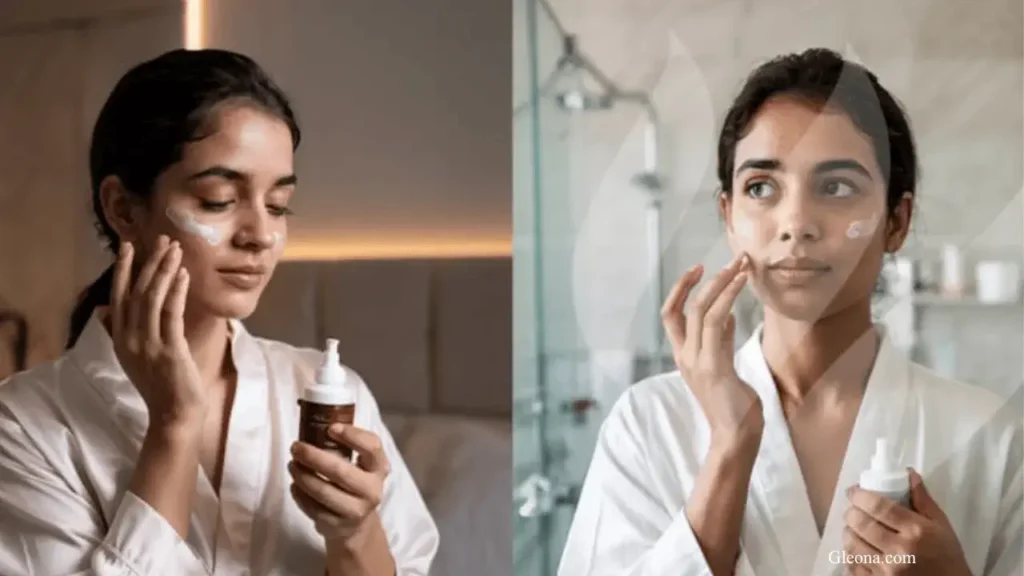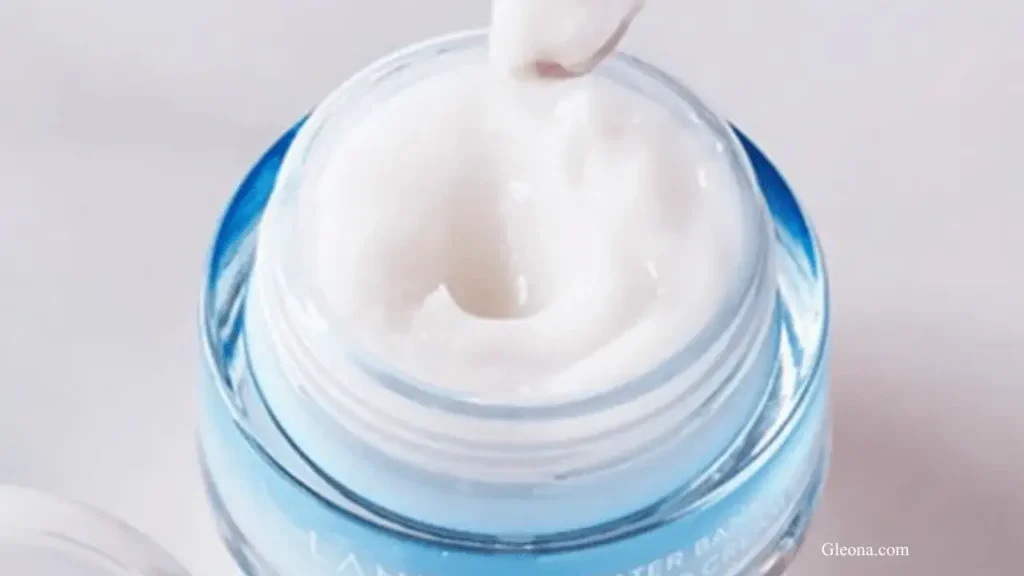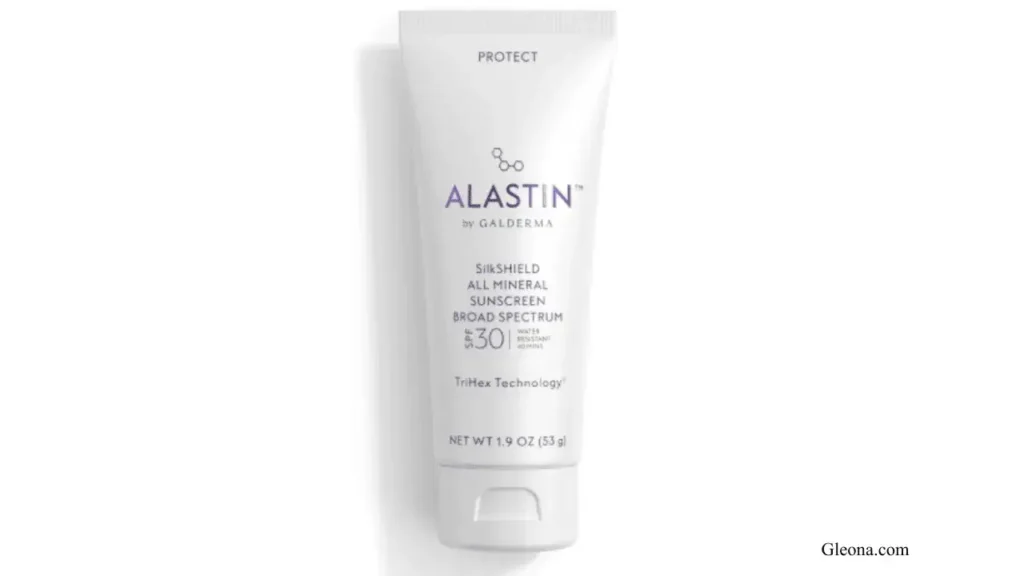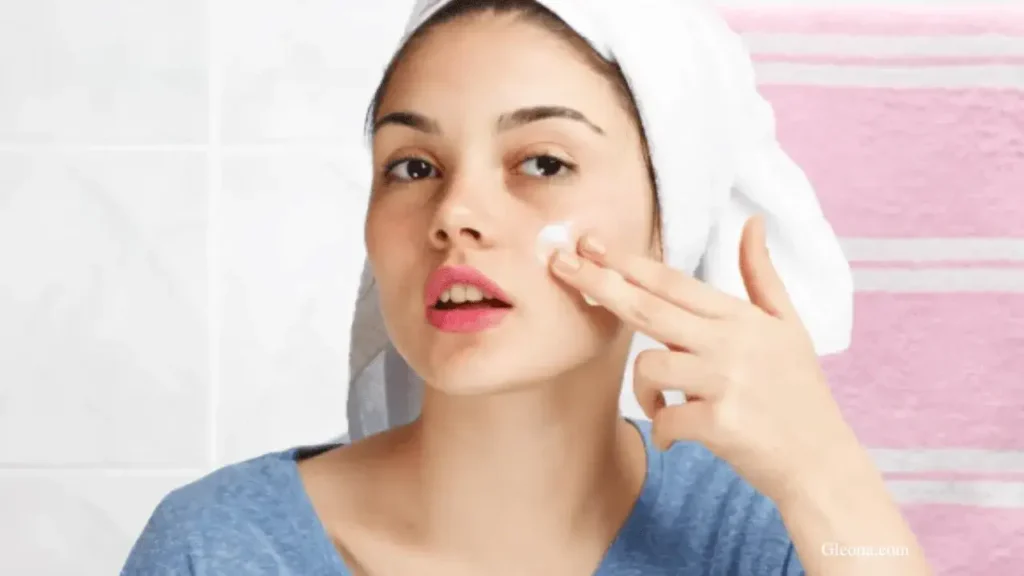Your skin has different needs in the morning and at night. Morning skincare focuses on protection from UV rays, pollution, and free radicals, while nighttime care emphasizes repair and hydration.
Understanding this difference helps you achieve healthier, radiant skin. In this guide, we’ll walk you through a simple, beginner-friendly 5-step routine for both morning and night, explain why each step matters, and share tips to avoid common mistakes so you can glow all day and repair all night.
Boost your glow with a 5-step Morning vs. Night Skincare routine. Beginner-friendly tips to protect, repair, and nourish your skin every day.
Why Morning vs. Night Skincare Matters

Your skin isn’t the same in the morning as it is at night. It goes through natural cycles influenced by hormones, temperature, and environmental exposure. Understanding these differences is key to choosing the right products and routines.
- Morning: Protection Mode
During the day, your skin faces UV rays, pollution, and free radicals. Morning skincare focuses on creating a protective barrier hydrating the skin and shielding it with antioxidants and SPF. This helps prevent premature aging, dark spots, and environmental damage. - Night: Repair Mode
At night, your skin enters a repair and regeneration phase. Cells renew faster, and collagen production is at its peak. Nighttime skincare emphasizes nourishment and repair, using ingredients like retinol, hyaluronic acid, or peptides to restore skin health while you sleep. - Long-Term Benefits
Aligning your routine with your skin’s natural rhythm improves texture, reduces breakouts, and enhances radiance. Skipping morning protection or nighttime repair can lead to cumulative damage over time.
Bottom line: Morning skincare protects, night skincare repairs. Together, they create a balanced, glowing complexion.
Morning Skincare Routine: 5 Essential Steps for Protection
A consistent morning routine is all about protecting your skin from daily stressors like UV rays, pollution, and free radicals. Follow these 5 essential steps to start your day with healthy, radiant skin.
Step 1: Gentle Cleanser

Start your day by washing away overnight sweat, oil, and impurities. Use a gentle, sulfate-free cleanser to refresh your skin without stripping natural moisture. This creates a clean base for the rest of your products.
Step 2: Toner or Essence

A lightweight toner or essence helps balance your skin’s pH, refine pores, and prepare your skin for better absorption of serums and moisturizers. Look for hydrating formulas with soothing ingredients like rose water or hyaluronic acid.
Step 3: Antioxidant Serum (Vitamin C)

Antioxidants fight free radicals and protect against environmental damage. Vitamin C serum is perfect for morning use it brightens the complexion and shields your skin from pollution and UV-induced oxidative stress.
Step 4: Lightweight Moisturizer

Even if your skin is oily, a lightweight, non-comedogenic moisturizer is essential. It locks in hydration and prevents dryness throughout the day, helping maintain a smooth, supple complexion.
Step 5: Broad-Spectrum Sunscreen (SPF 30+)

The most crucial morning step! Sunscreen protects against UVA and UVB rays, preventing premature aging, hyperpigmentation, and skin cancer. Apply generously and reapply if you’re outdoors for extended periods.
Pro Tip: Layer your products from thinnest to thickest texture, ending with sunscreen for maximum protection.
Night Skincare Routine: 5 Essential Steps for Repair
Nighttime is when your skin goes into repair mode, restoring moisture, boosting collagen, and renewing cells. A targeted evening routine helps maximize these natural processes for healthier, glowing skin. Follow these 5 essential steps:
Step 1: Double Cleanse (Oil + Water-Based)
Remove makeup, sunscreen, and daily grime with a two-step cleansing method:
- Oil-based cleanser: Dissolves makeup and excess sebum.
- Water-based cleanser: Removes sweat, dirt, and leftover residue.
This ensures your skin is thoroughly clean and ready to absorb treatment products.
Step 2: Hydrating Toner or Treatment Mist
Apply a toner or mist to restore hydration and prepare your skin for serums. Ingredients like aloe vera, rose water, or hyaluronic acid help calm the skin and enhance moisture retention.
Step 3: Targeted Serum (Retinol or Niacinamide)
Nighttime is ideal for active ingredients like retinol or niacinamide, which support:
- Skin cell turnover
- Fine line reduction
- Even skin tone and texture
Always follow instructions carefully, especially with retinol, to avoid irritation.
Step 4: Nourishing Moisturizer or Night Cream
Lock in hydration with a richer moisturizer than your morning one. Night creams are designed to deeply nourish and repair while you sleep, preventing dryness and promoting skin elasticity.
Step 5: Optional: Eye Cream or Sleeping Mask
- Eye cream: Targets dark circles, puffiness, and fine lines around delicate eyes.
- Sleeping mask: Provides an extra boost of hydration and repair for stressed or dry skin.
Pro Tip: Apply your night products from thinnest to thickest, giving each layer a few seconds to absorb for maximum effectiveness.
Key Differences Between Morning and Night Skincare

Understanding the differences between morning and night routines helps you maximize skin health by aligning your care with your skin’s natural cycles. While both routines share common steps like cleansing and moisturizing, their purpose, ingredients, and textures vary.
| Aspect | Morning Routine | Night Routine |
|---|---|---|
| Primary Goal | Protection from UV rays, pollution, and environmental stress | Repair, regeneration, and hydration while you sleep |
| Key Ingredients | SPF, antioxidants (Vitamin C, green tea extract) | Retinol, niacinamide, peptides, hyaluronic acid |
| Texture | Lightweight, fast-absorbing | Rich, nourishing, sometimes thicker creams |
| Focus Area | Shielding skin from daily damage | Restoring and repairing damaged or stressed skin |
| Application Tips | Layer from thin to thick, end with sunscreen | Layer from thin to thick, allow serums to absorb before moisturizer |
Why This Matters
- Morning: Protects your skin against external aggressors, preventing premature aging and dullness.
- Night: Supports cell turnover, collagen production, and deep hydration, helping your skin repair itself naturally.
Bottom line: Using the right products at the right time amplifies their effectiveness and ensures your skin stays radiant, healthy, and resilient.
Common Mistakes to Avoid

Even the best routines can be sabotaged by small mistakes. Avoid these common errors to get the most out of your Morning vs. Night Skincare:
1. Skipping Sunscreen in the Morning
No matter the weather, UV rays can cause premature aging, dark spots, and skin damage. Always finish your morning routine with a broad-spectrum SPF 30+.
2. Using Retinol in the Morning
Retinol makes skin sensitive to sunlight and can reduce its effectiveness. Reserve retinol-based products for nighttime use only.
3. Over-Cleansing at Night
Excessive washing strips natural oils, leaving skin dry and irritated. Stick to double cleansing only if you wear makeup or sunscreen, and be gentle with your skin.
4. Mixing Incompatible Actives
Some ingredients, like Vitamin C and retinol, can irritate the skin if used together. Learn which actives complement each other and alternate their usage between morning and night.
5. Ignoring Hydration
Even oily skin needs moisture. Skipping moisturizer can cause imbalances, breakouts, or dryness, regardless of skin type.
Pro Tips for Consistent Skin Glow
Maintaining radiant, healthy skin isn’t just about products it’s about habits and consistency. Here are some expert tips to enhance your Morning vs. Night Skincare routine:
1. Stick to a Consistent Schedule
Your skin responds best when you follow a predictable routine. Morning and night routines should be done daily to maximize protection and repair.
2. Adjust Products Seasonally
- Summer: Lightweight, mattifying moisturizers; SPF is crucial.
- Winter: Richer moisturizers and hydrating serums to combat dryness.
3. Prioritize Sleep and Hydration
Adequate sleep allows your skin to repair, while drinking enough water supports overall hydration and elasticity.
4. Introduce Actives Gradually
If using retinol, acids, or strong actives, start slowly to prevent irritation. Gradually build up tolerance to get maximum benefits.
5. Pay Attention to Your Skin’s Needs
No two skins are the same. Adjust your routine based on changes in climate, stress levels, or skin sensitivity.
Pro Tip: Keep your skincare routine simple but effective. Consistency beats complexity for achieving a healthy, glowing complexion.
Conclusion
Morning vs. Night Skincare isn’t about choosing one over the other it’s about balancing protection and repair. By following a consistent 5-step morning routine to shield your skin and a nourishing 5-step night routine to repair it, you’ll support long-term skin health, prevent damage, and achieve a radiant, glowing complexion.
For more about Skin Care Tips Please visit gleona.com.
FAQs
1. Can I use the same products for morning and night skincare?
While some basic products like cleansers or moisturizers can be used both morning and night, certain ingredients have time-specific benefits. Morning routines focus on protection (SPF, antioxidants), while night routines target repair (retinol, peptides). Using the right product at the right time maximizes results.
2. How long should my morning and night skincare routines take?
For beginners, both routines can take 5–10 minutes. The key is consistency, not complexity. Morning focuses on quick protection, and night focuses on repair and nourishment.
3. Is sunscreen necessary if I stay indoors all day?
Yes! UV rays can penetrate windows, so applying a broad-spectrum SPF 30+ in the morning is essential even indoors to prevent premature aging and skin damage.
4. Can I skip night skincare if my skin feels fine?
Skipping night care may seem harmless, but your skin repairs itself most effectively at night. Regular nighttime hydration and repair help prevent dryness, fine lines, and uneven texture over time.



